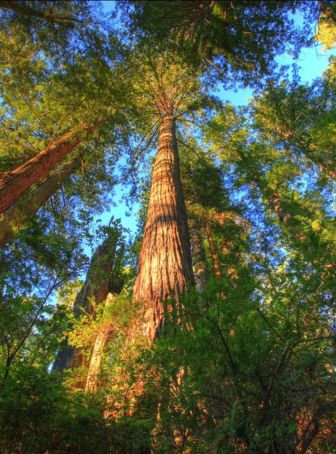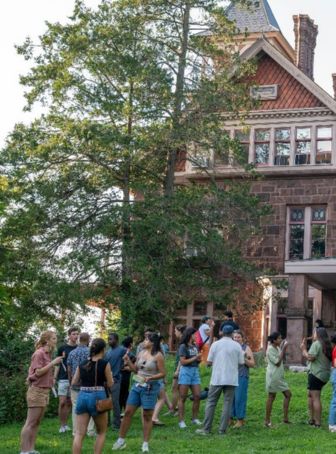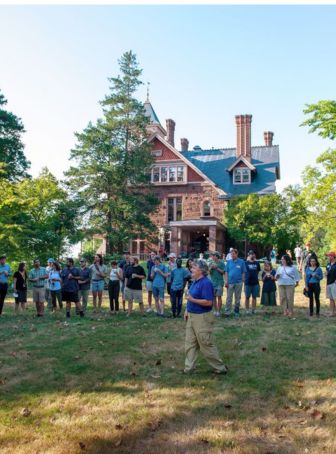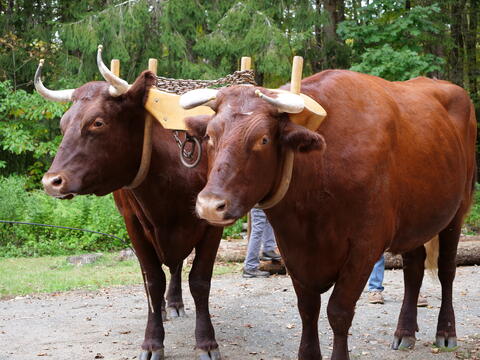
By Sara Santiago ’19 MF, Forest Fellow
This spring, The Practice of Silviculture and Forest Management & Operations courses took on Professor Ashton’s “hybrid vigor” approach. In accordance with government and university protocols, Professors Mark Ashton ’85 MF, ’90 PhD and Joe Orefice ’09 MF planned their respective courses with online and field components, with voluntary field experiences offered to COVID PODs of students who took precautionary measures, including vaccination, testing, and quarantining, before spending time together at the Yale-Myers Forest camp.
For Ashton’s Principles of Applied Forest Ecology: The Practice of Silviculture, this longtime course has endured as a tradition that students of every degree type at the Yale School of the Environment take to learn silviculture and have a Yale Forestry experience. Andrew Currie ‘21 MF and Viola Taubmann ’21 MEM supported this spring’s course as teaching fellows. Drawing upon a hybrid teaching style, the course was broken into four parts, starting with remote lectures, followed by the option to attend in-person lectures on campus, and three voluntary field trips on stand exams, methods of reproduction in southern New England, and methods of planting and care for urban trees. The second half of the course moved to Yale-Myers Forest, for those that joined two sequential COVID PODs. Students could attend remote lectures or in-person lectures at the Yale-Myers outdoor classroom. Then in the final portion of the class, those taking the lab at YMF took tours on natural regeneration methods, planting, pruning, release, thinning and examples applications of these treatments for different objectives and goals.
Beyond the chance to build community while spending time at Yale-Myers, the field experience provided students with meaningful learning opportunities. Seeing concepts that Ashton had covered in previous lectures being applied in the field profoundly helped everyone understand stand dynamics and forest ecology. As Claudia Ochoa ’22 MEM said: “The experience being out of Zoom and have someone like Professor Ashton walk us through the forest was really important to me. It made me feel connected with nature again after more than a year without being in the forest.”
This was perhaps the most accessible silviculture course with options for live, remote, or prerecorded lectures, voluntary field trips, and a complementary field lab. Not only did Ashton provide recorded lectures teaching in the field and in a studio, he and the teaching fellows packed the syllabus with YouTube videos on propagation, grafting, reforestation, pruning, release treatments and thinnings, and prescribed burning, bringing the practice of silviculture to life no matter where students were physically located.
When the first Silviculture POD cleared out, a second cohort joined by students in the Forest Management and Operations POD was able to head to Yale-Myers Forest in mid-April after weeks of lectures. This year, Director of Forest and Agricultural Operations Joe Orefice took over the course from Mike Ferucci, who retired the previous year, and received support from teaching fellow and doctoral student Thomas Harris.
Orefice covered a wide range of topics, making forestry practical on the ground. On the management side, the course covered approaches and critiques to forest inventory, growth and yield, and forest planning for particular goals like carbon storage and timber harvesting. Operations focused on the details: harvesting, safety, forest access, timber procurement and sales, and timber theft. Like silviculture, field trips were complementary to round out the experience, giving the students the opportunity to learn on the ground.







